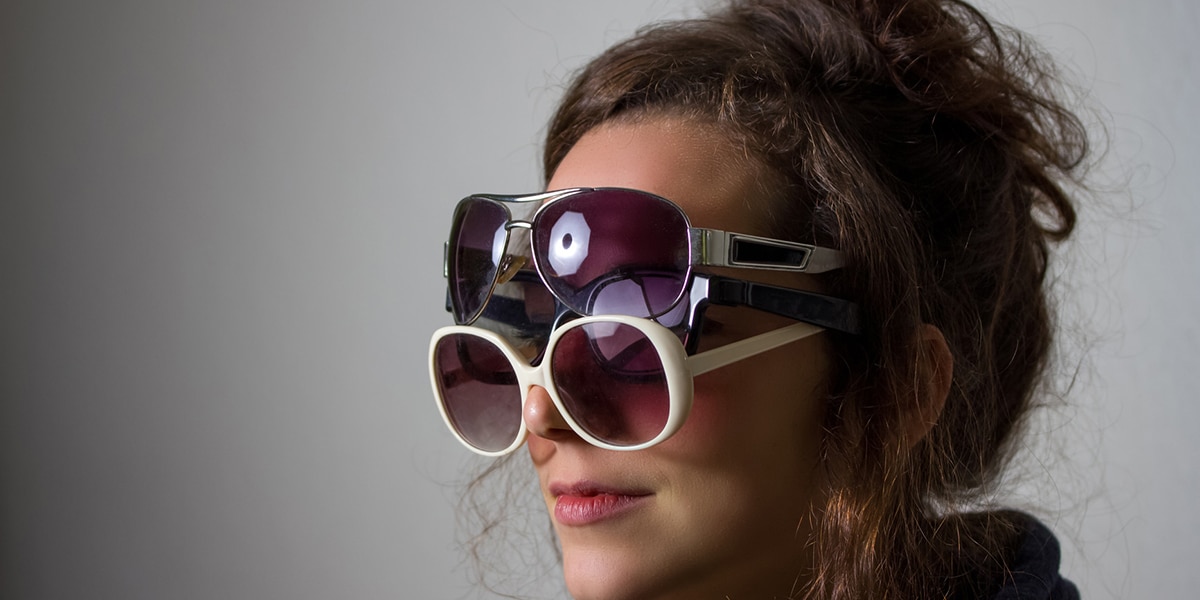Getting a sunburn is a tell-tale sign that your skin has been damaged by the sun’s ultraviolet (UV) rays. However, it can be a bit harder to notice the damage being done to your eyes before it’s too late. Skipping the shades on a sunny day puts you at an increased risk of developing eye problems like cataracts later down the line.
A cataract forms when proteins in the lens of your eye form into a clump which blurs vision and can make it hard to see blues and purples. Cataracts can form in one or both eyes, but they don’t spread from one eye to another¹. Scientists think that exposure to UV radiation causes a type of cataract called a cortical cataract. They also think that exposure to UV radiation causes pterygium², nicknamed “surfer’s eye”. This is characterized by a growth on the clear tissue covering the sclera, or the white part of the eye. If the growth reaches the cornea, which covers the front of the eye, it could interfere with vision and need to be surgically removed³. UV exposure can also cause photokeratitis or “sunburn of the eye”, affecting the cornea and the membrane covering the front of the eye and the inner eyelids. This can happen if UV rays are reflected off surfaces like sand, water, ice, or snow – you may have heard the term “snow blindness”⁴. Wearing sunglasses will help minimize your risk of experiencing these problems, but only if they sufficiently protect against UV radiation. To make sure you’re fully protected, look for sunglasses that block 99-100% of UVA and UVB rays, or offer UV absorption up to 400nm. But be careful – darker glasses don’t necessarily offer more protection against UV rays. Also, standard sunglasses don’t block UV rays from reaching your eyes from the top, bottom, and sides of your sunglasses. Wraparound sunglasses⁵ and UV protective contacts⁶ can help solve this problem. Sun Index will let you know if your sunglasses provide you with adequate protection from UV rays.Sources:
- National Eye Institute. (2015). Facts About Cataract. Retrieved August 10, 2016
- Gallagher, R. P. and Lee, T. K. (2006). Adverse effects of ultraviolet radiation: A brief review. Progress in Biophysics and Molecular Biology, 92(1):119-131. Retrieved August 10, 2016
- MedlinePlus. (2014). Pterygium. Retrieved August 10, 2016
- Boyd, K. (2015). What is Photokeratitis – Including Snow Blindness? Retrieved August 10, 2016
- American Academy of Ophthalmology. (2015). Recommended Types of Sunglasses. Retrieved August 10, 2016
- American Optometric Association. (n.d.). UV Protection with Contact Lenses. Retrieved August 10, 2016



